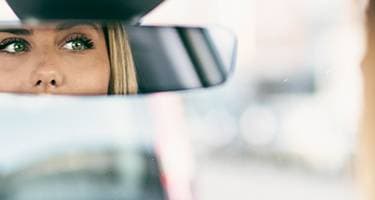Related articles
- 9 road safety tips for your teen learner driver
- Distracted driving facts
- 5 simple ways to make your car safer
- How to Safely Share the Road With Non-Motorists
- 9 tips for staying safe in service stations
- Child Car Seat Laws And Regulations
- How to reduce the risks to children of reversing cars
- Licensing of older drivers in Australia
- Modern Car Safety Features
- What cars have ISOFIX in Australia
- ANCAP safety ratings explained
- How to reverse park
- How to Avoid or Minimise Hail Damage to Your Car
- School road safety tips for families
- Staying safe in your car
- Using mirrors correctly to eliminate blind spots
- How to choose, install & adjust your children’s car seats
- Give way rules - Who goes first?
- Sharing the Road Safely With Heavy Vehicles
- Do you know your road signs?
- What to do after a car accident
- What To Do in Event of a Crash with Wildlife
- How to drive safely in wet weather
- Why are young drivers considered high risk?
- Which Australian state has the strictest road rules?
- 10 Obscure road rules you didn’t know existed in Australia
- Which states and cities in Australia have the most motor vehicle thefts?
- Learner Driver Restrictions Australia
- Learning How to Drive
- Supervising a Learner Driver: What are the rules?
- Electric Scooter Laws in Australia
- School Road Safety for Kids
Disclaimer: Neither Auto & General Insurance Company Ltd nor its representatives necessarily endorse or recommend the views of the contributors.
Safe driving not only keeps you safe, but other road users too. Check out these top tips from leading professionals on how to fuel your body for driving and avoid accidents.
Industry professionals

Ellena Burnett
Dietitian
Inspire Health Services

Suzi Le Fanue
Naturopath / Nutritionist
Integrated Wellness Clinic

Peta Adams
Accredited Practising Dietitian
Sunshine Coast Dietetics

Shane Jeffrey
Accredited Practising Dietitian
Food Mind Body

Kris Bullen
Associate Director
Driver Skills International

Sean Bakhshalian
Managing Director
Prestige Driving School

Michelle Chadwick
Director
Sleep Disorders Australia
We asked them
What snacks will help fuel my body during long-haul trips?
What happens to my body/brain if I don't eat when I'm hungry because I’m in a rush?
What foods should I include in each meal to help me stay alert, energised and focused?
What are some good habits drivers can adopt to stay safe on the road?
What distractions should drivers immediately eliminate once in the driving seat?
What are the top three things a driver can do to prevent a collision?
How can I determine whether I’ve had sufficient sleep before driving?
What snacks will help fuel my body during long-haul trips?
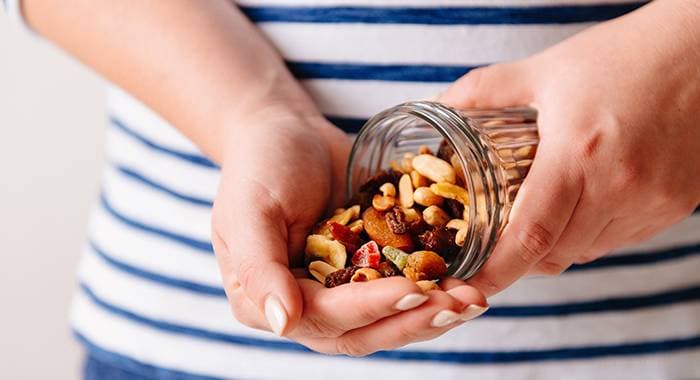

Ellena Burnett
To be able to concentrate and stay alert we need to look at slower-absorbing foods, so we don’t have the highs and lows while still feeling satisfied. This means snacks like wholegrain crackers, nuts, fruit and easy-to-use products like yoghurt pouches, air-popped popcorn, wholegrain bites and roasted chickpeas.

Suzi Le Fanue
Keep it simple. Nuts and seeds are great and provide protein, good fats and fibre to keep the energy and concentration pathways functioning optimally. After something sweeter? A smoothie for the road containing pea-protein powder, organic berries (antioxidant), banana, coconut or almond milk, cinnamon (for blood sugar), cacao for magnesium and antioxidants, and a handful of leafy greens.
The combination of easy-to-digest fats, protein and carbohydrates helps to stabilise blood-sugar levels. And lastly, don’t forget how simple it is to chop up a selection of vegetables such as carrots, cucumber, celery and beans!

Peta Adams
The best options for long haul trips are those that are easy for the body to digest and also reasonably low in fat and fibre. This ensures you don’t get bloated and uncomfortable, yet are full and sustained over the journey.
Such snacks would be a skinny milk latte, low-fat yogurt, berries, boiled eggs, cheese on a cracker, small wrap with avocado, cheese and spinach.

Shane Jeffrey
There can often be a temptation on a long-haul trip to push on, minimise breaks, and get there sooner rather than later — however this can be dangerous, and compromise safety. During these trips, it’s recommended you make time to eat every few hours and drink at regular intervals to help maintain concentration, alertness, and energy levels.
And while the usual road-trip foods might include those legendary staples of chips, lollies and chocolates, looking a bit wider at some other options means you can mix things up, especially if you pack a little esky to keep things cool. Baked goods, muesli bars, nut bars and nuts (including peanuts, almonds, cashews and macadamias) are great to take on the road. Fresh fruit that isn’t going to be too tricky or messy — like bananas, apples, mandarins, and grapes — is also great fuel.
Dairy products such as flavoured milk poppers and yoghurt pouches are much less messy! Other options include roasted chickpeas or fava beans, and corn chips or vegetable sticks with guacamole, hummus or tzatziki.
What happens to my body/brain if I don’t eat when I’m hungry because I’m in a rush?
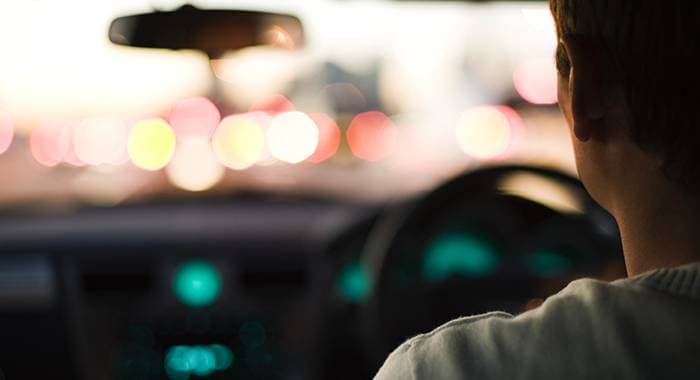

Ellena Burnett
There are many things not eating and also not being hydrated can affect. What I see mostly in practice is that concentration can be impaired as well as the ability to make quick decisions. It also affects people’s ability to regulate their emotions, while also impacting their food decisions later in the day. Stereotypically, [hungry] people choose fast options that taste good but don’t contain key nutrients the human body relies on to function optimally.

Suzi Le Fanue
[Hunger] influences your glucose and insulin production which in turn affects your blood-sugar levels. The body goes into a ‘survival’ state. [Hunger] also can affect the cortisol response and the body’s mechanism of flight or fight. This can cause symptoms such as fatigue, headaches, migraines, body shakes, light-headedness, dizziness, nausea or fainting.
It’s important to fuel your body, even when you’re in a rush. This may entail having to meal prep the evening before and/or having a backup in your work bag or car such as nuts and seeds or a batch of protein balls.

Peta Adams
Hunger is a cue to eat and indicates that you have properly digested your meal and are ready to eat again as your blood sugar levels have dropped. If you do not eat when you are hungry and your blood sugars are low, you often experience fatigue, slower reaction times and a loss of focus. If you’re in a rush, try to have small snack until you have time to eat again.

Shane Jeffrey
Taking regular breaks for meals and snacks can often fall off our list of priorities when we are in a rush. But eating regularly is a simple strategy to stay on top of our health and wellbeing.
When we skip meals, it will become more difficult to concentrate, we may begin to feel irritable, and our energy levels will drop. We are less likely to make smart decisions on the road. Skipping meals also means we are more likely to reach for lollies, chocolate and chips at our next pit stop rather than foods which contain a wider variety of nutrients.
What foods should I include in each meal to help me stay alert, energised and focused?
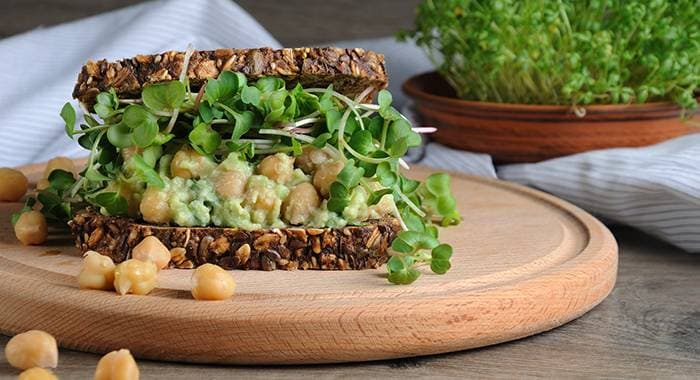

Ellena Burnett
There are many ways this can be done well. At the end of the day, the human body needs nutrients, including sufficient energy. By including protein-rich foods such as lean meat, dairy products and plant-based fats such as extra-virgin olive oil, nuts and seeds, hummus or even falafels, people can feel satisfied while maintaining their energy levels, focus and alertness.
The other essential nutrient-rich foods we need are vegetables and a mixture of wholegrain breads and other cereals. These allow your body to actually use the energy you consume. If you miss one, you’re heading for some not-so-good times. But with both, your body works as easily as possible.

Suzi Le Fanue
It’s important to have three main meals a day with a balance of good healthy fats, carbohydrates and protein for optimal absorption and energy output. We like to encourage consumption of whole foods. For example, sweet potato, free-range chicken/beef, avocados, nuts and seeds, well-sourced fish, quinoa, and adequate servings of leafy greens, beans, and sprouts. Starches are also essential for optimal brain function.
You can find these through grains such as quinoa, buckwheat, brown rice, lentils and oats. Essentially, food in its most whole form and minimal-fuss preparation is the key.

Peta Adams
The most important foods are those that contain some carbohydrate. In modest quantities, caffeine from tea and coffee at the same time as a meal can also help to boost alertness. Foods that are beneficial are fruit with yogurt, smoothies, home-made pasta and potato salads, and chicken-and-salad sandwiches or wraps.

Shane Jeffrey
Our body thrives on of a variety of foods from the core food groups. These include breads and cereals, vegetables, fruit, dairy and meat, as well as meat alternatives. Breads, cereals, rice, pasta, crackers, fruits and yoghurts provide our body’s best source of energy — carbohydrates — so it’s important to include these at each meal across the day.
We know wholegrains, vegetables and fruits — foods high in fibre — will help keep our energy consistent in between meals. Foods like milk, cheese, nuts and seeds, meat and eggs — foods high in protein — will keep us feeling full and satisfied.
Nourishing fats, like avocado, salmon and nuts, keep our brain healthy. When our meals include a variety of carbohydrates, protein, fat and fibre we stay more alert, energetic and focused.
What are some good habits drivers can adopt to stay safe on the road?
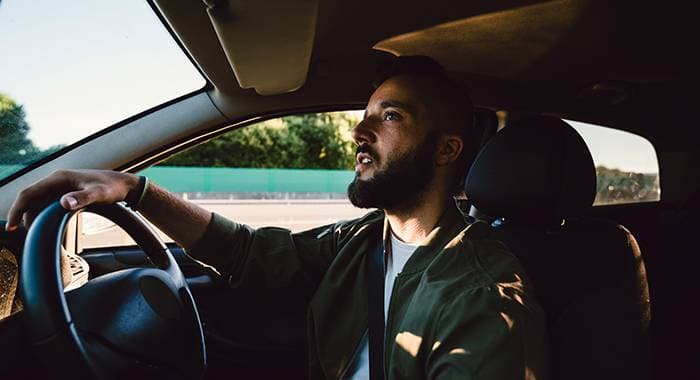

Kris Bullen
Some of the best habits are the most basic ones. These include always keeping your eyes moving, so you see everything that is going on around you. Situational awareness is vital in avoiding or dealing with an emergent situation.

Ben Ward
For all road users, a safe drive starts before you get in. Is your vehicle safe? Are you fit for purpose (e.g. are you under the influence of alcohol, fatigued or on prescription / non-prescription medication that can make you drowsy)? Are your seat and mirrors positioned correctly? Remove time pressure on the journey.
Have a positive mind-set and be cooperative with other road users. Control your anger.

Sean Bakhshalian
The most important thing is paying attention to the road ahead. While many drivers think they’re paying attention, often they’re not looking far enough ahead; mostly, they’re checking what the car in front of them is doing.
However, by looking a bit further ahead (we recommend looking 12 seconds ahead of the car), you can be well aware of what’s coming up and check the condition of the road and traffic. This enables you to make timelier, better-quality decisions. Also, not speeding or driving when tired will help you be in far better control of the vehicle.
What distractions should drivers immediately eliminate once in the driving seat?
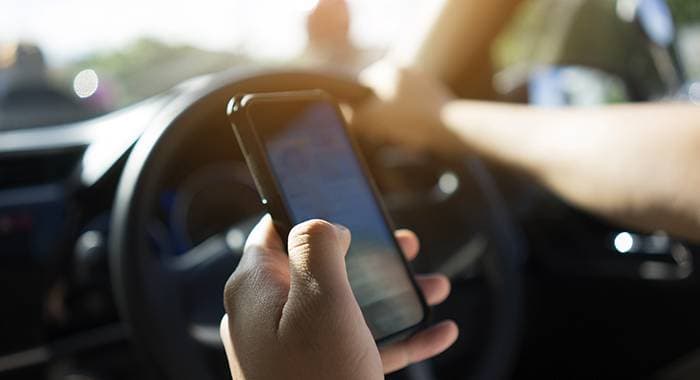

Kris Bullen
All of them. But the most dangerous distractions are ones that take your eyes off the road, like mobile phones. Coffee is also hazardous, as there’s nothing that takes your eyes off the road faster than spilling hot coffee in your lap.

Ben Ward
Distraction is one of the most significant issues facing drivers today. Limit the use of mobile phones (even in hands-free mode). Ensure the vehicle does not have loose items that can become an issue when driving. Food, drink and other items that can affect your concentration should be limited or removed.
Don’t underestimate the impact of sounds on your concentration — having the radio on at a reasonable volume will be far safer than driving with it at glass-rattling levels.

Sean Bakhshalian
First and foremost — mobile phones. Distractions are the second-most-important factor in deadly crashes on NSW roads. It mostly comes from using mobile phones when driving. Other common distractions are eating behind the wheel or applying makeup.
What are the top three things a driver can do to prevent a collision?
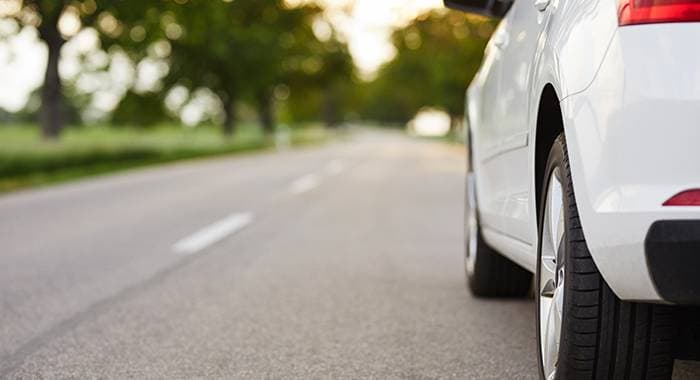

Kris Bullen
We teach a number of driving systems in our courses, but a safe driver will have a high situational awareness — they’ll be alert and monitoring what’s happening around them instead of staring straight ahead. Your vehicle position on the road is also very important because you must be ready for whatever is happening in front of you.
This means you must have your three-second crash-avoidance space in front of you and also safe places to exit your lane on either side of you, if your situation (traffic) allows for it.
Last but not least, you should definitely remove or control the distractions in the car, including mobile phones, animals, children, food, drinks, over-excited friends, etc.

Ben Ward
It is hard to limit your thinking to just three things that may help you prevent a collision. Some of our top focal points are: One: A following gap of at least three seconds. Two: A roadworthy vehicle, suitable for the conditions you are driving in. Three: Being observant, obeying road signs and keeping an eye out for vulnerable road users. Four: Looking ahead and anticipating the traffic flow. Five: Being conscious of changing conditions (weather, road surface, night / day, etc.)

Sean Bakhshalian
The most common types of crashes are rear-enders, which can be easily avoided by keeping a safe following distance from the car in front (three seconds in ideal driving conditions). Also, making sure the gap is big enough before pulling into traffic at a T-junction — to avoid getting T-boned. And driving at a safe speed, one appropriate for the conditions and to help you stay in control of the car if any sudden situation arises.
How can I determine whether I’ve had sufficient sleep before driving?


Michelle Chadwick
Less than six hours sleep in the previous 24 hours puts you at a significantly higher risk of a fatigue-related car accident. Aim to have at least seven to eight hours sleep in the previous 24 hours. And if you plan on driving long distances, plan to rest for 15 minutes every two hours and don’t drive for more than 10 hours in a day. Also, avoid driving at times when you’re typically asleep (e.g. 1am–6am), as this is when sleepiness is most intense.
What are the signs of tiredness behind the wheel?
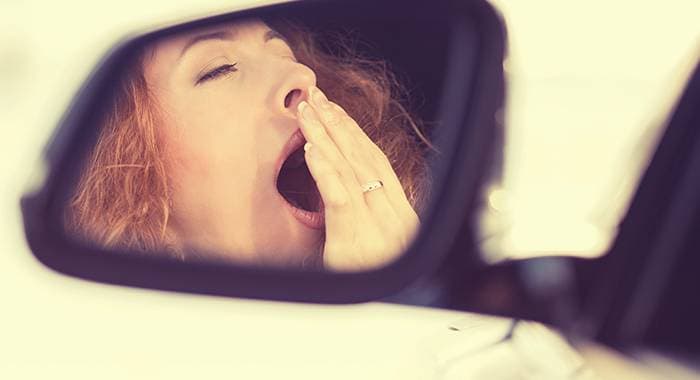

Michelle Chadwick
Signs that indicate you may be tired whilst driving include heavy eyelids, eyes closing, frequent blinking, trouble focusing, trouble keeping your head up, drifting between lanes, hitting a shoulder, constant yawning, rubbing your eyes, daydreaming/wandering thoughts, difficulty concentrating on driving, missing exits or traffic signs.
Related articles
- 9 road safety tips for your teen learner driver
- Distracted driving facts
- 5 simple ways to make your car safer
- How to Safely Share the Road With Non-Motorists
- 9 tips for staying safe in service stations
- Child Car Seat Laws And Regulations
- How to reduce the risks to children of reversing cars
- Licensing of older drivers in Australia
- Modern Car Safety Features
- What cars have ISOFIX in Australia
- ANCAP safety ratings explained
- How to reverse park
- How to Avoid or Minimise Hail Damage to Your Car
- School road safety tips for families
- Staying safe in your car
- Using mirrors correctly to eliminate blind spots
- How to choose, install & adjust your children’s car seats
- Give way rules - Who goes first?
- Sharing the Road Safely With Heavy Vehicles
- Do you know your road signs?
- What to do after a car accident
- What To Do in Event of a Crash with Wildlife
- How to drive safely in wet weather
- Why are young drivers considered high risk?
- Which Australian state has the strictest road rules?
- 10 Obscure road rules you didn’t know existed in Australia
- Which states and cities in Australia have the most motor vehicle thefts?
- Learner Driver Restrictions Australia
- Learning How to Drive
- Supervising a Learner Driver: What are the rules?
- Electric Scooter Laws in Australia
- School Road Safety for Kids

